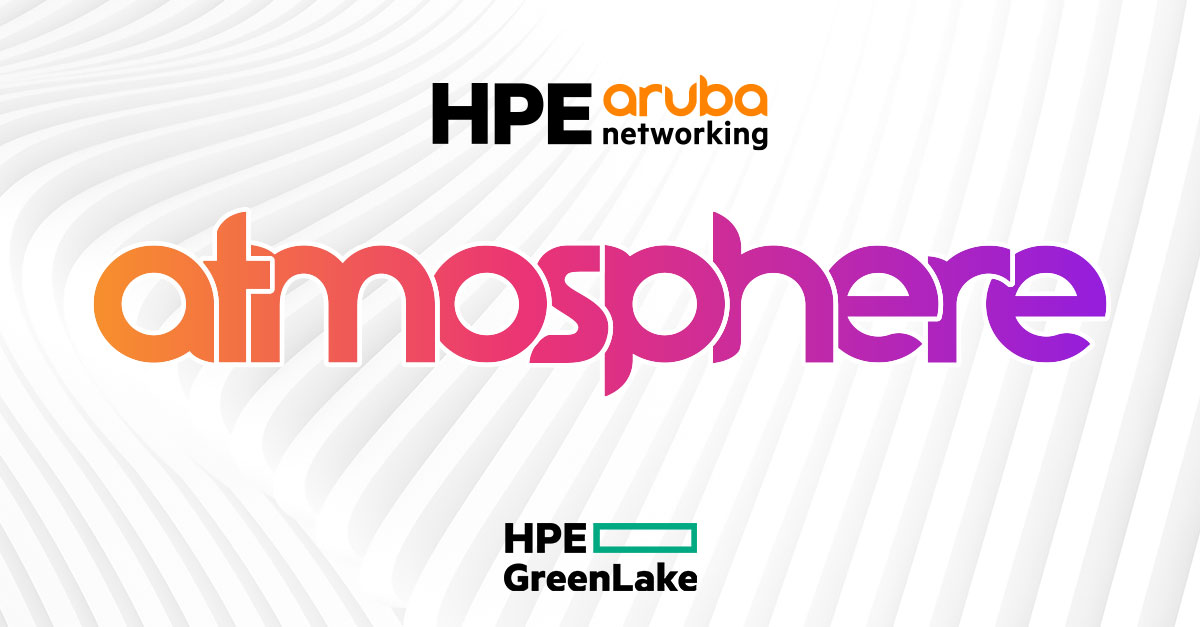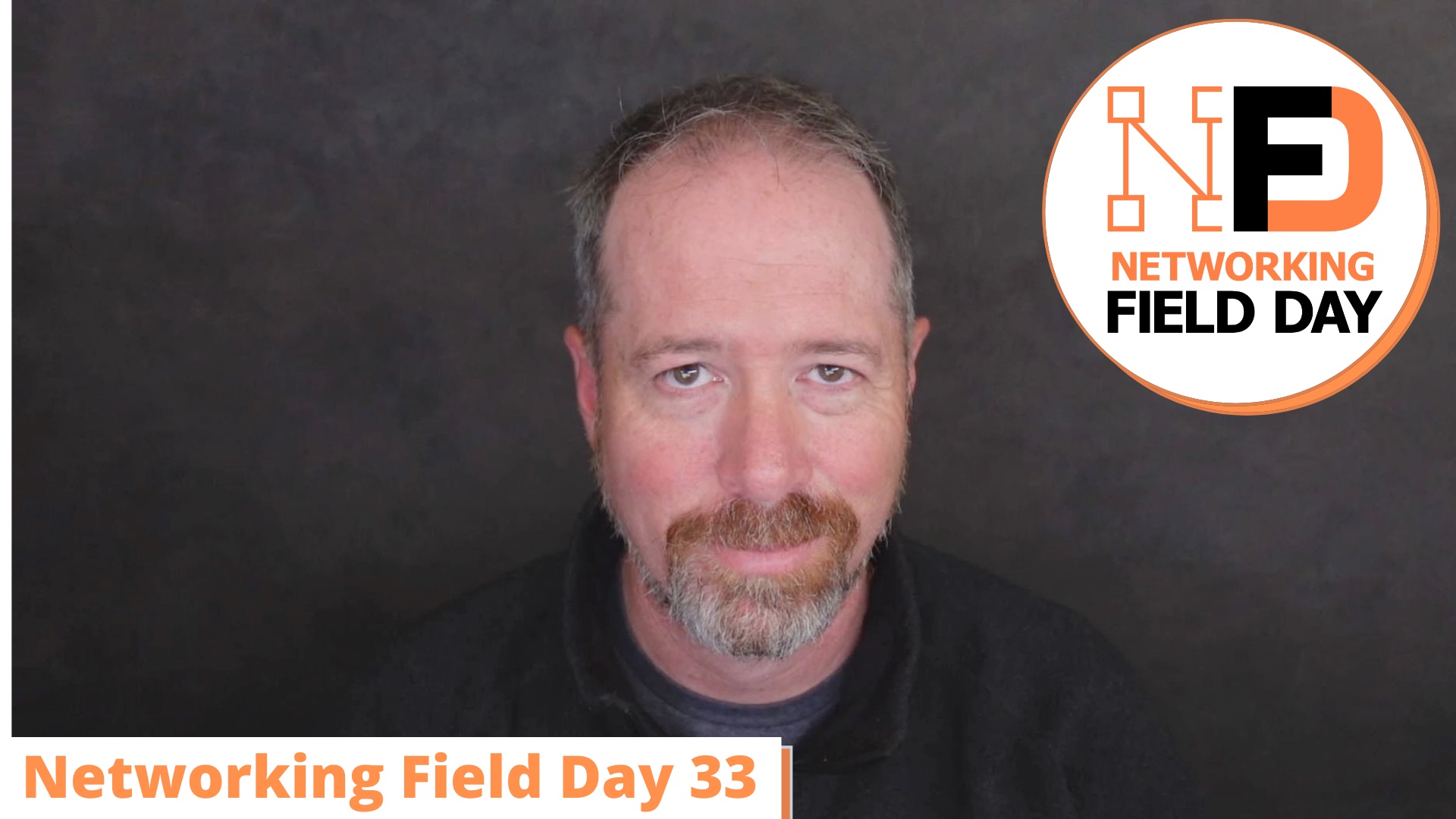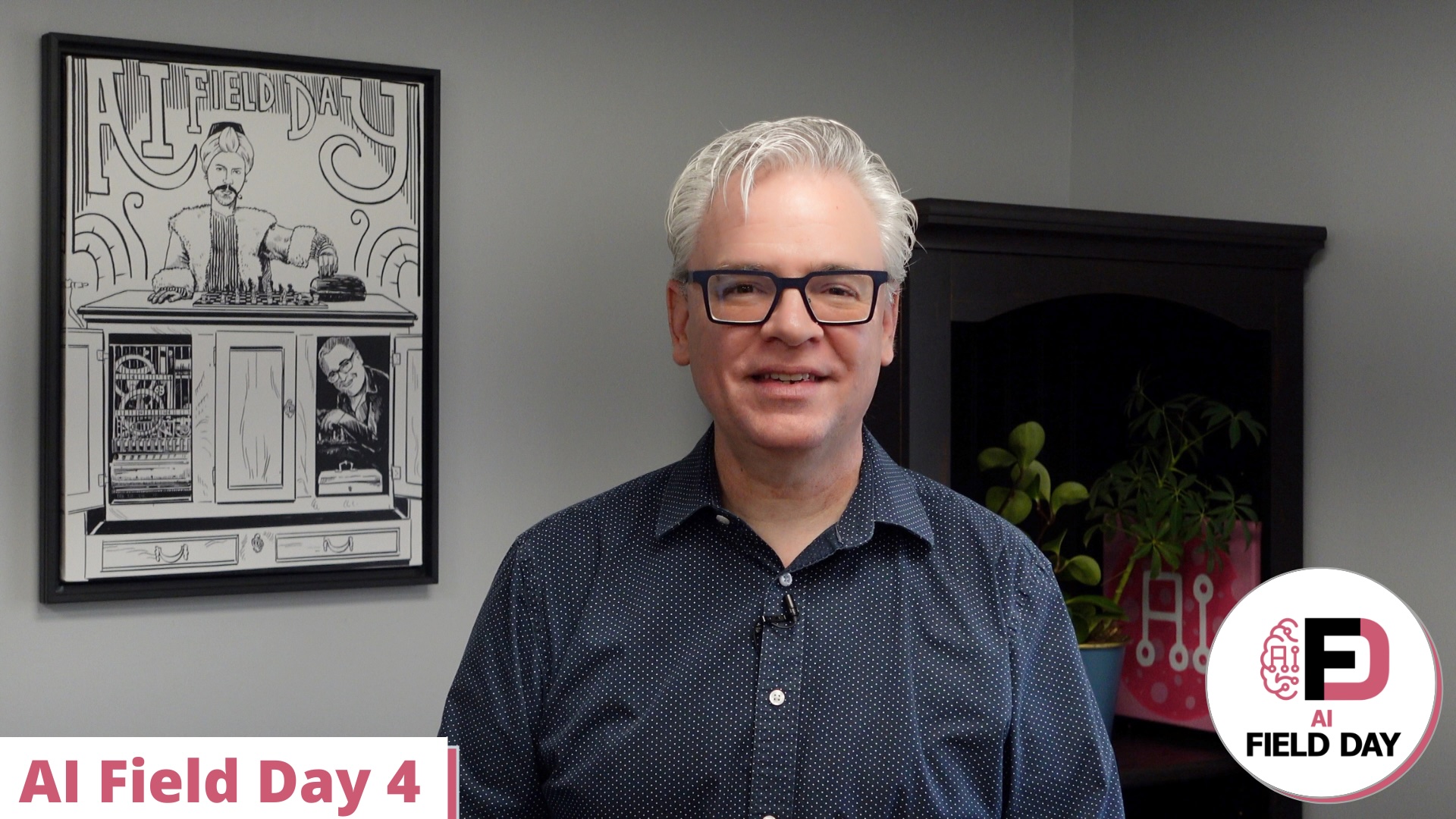There are times when I think about solutions that I get briefed on and wonder “why didn’t we think of that before?” This usually happens when someone realizes there is a great synergy between two different aspects of a technology and decides to put them together to build a different kind of business model. It happens in several different areas over the maturity level of a technology. I was fortunate enough to get to see it once more recently at Networking Field Day.
Running Remote Offices
Remote console solutions are a fairly mature product set. I’ve seen many of them over the years and the iterations on the technology have seen the inclusion of remote cellular capabilities as well as centralized control to allow you to access devices even when the main links to the Internet are down. It’s a critical way for IT teams to manage devices that aren’t an easy truck roll away. With the need to deploy more and more devices to the edge of the world to collect data and provide more support for users you’d wonder how much more could be added to help increase the capabilities of these devices.
At the same time, the complexity of the remote network itself has changed in the past five years. Instead of focusing on simple connectivity and building application support on top of that the market has embraced the idea of SD-WAN and later SASE to provide a better experience for users. Instead of just dropping a connection into a remote office and hoping for the best, SD-WAN gives you the ability to ensure the user experience is where it needs to be. You can make sure your application response times are appropriate and adjust parameters if necessary. The ability for SD-WAN edge devices to prioritize traffic and route based on link congestion is something that I really wish I would have had when I was a full-time network engineer.
These two worlds feel miles apart from a technology standpoint. However, in the remote offices that they are designed to support they often sit on the same shelf or within mere feet of each other. Space can be a premium in an office on a job site that isn’t much bigger than a living room. Could we bridge the gap between those two technologies and create something that serves both purposes for the places that need it?

Unifying Purpose
I had a chance to see how ZPE Systems is approaching this particular challenge. It’s a case of a simple solution to an issue that no one really considered. What if you put the remote console in the same box as the SD-WAN edge device? It is absolutely something that could work together provided you have the right architecture.
As outlined in the video, ZPE Systems has built Nodegrid, a combination of custom software and hardware that can serve as a remote console server and an SD-WAN/SASE edge device. If you need to have remote access to a server or hardware appliance somewhere like a drilling rig or construction site they have you covered. If you need to provide Internet connectivity for that site as well you can leverage the ZPE Cloud to ensure that user traffic is secure and optimized for whatever applications they’re using.
It’s more than just putting a remote console application on an SD-WAN device though. Think of all the kinds of sensors you might want to include in a remote monitoring setup for an isolated area. Temperature probes, humidity sensors, and even smoke detectors are critical infrastructure for a place that might require hours of travel to service. You want to know the instant something has gone awry and have the ability to shut down infrastructure to prevent damage. That’s basic functionality of the console server. But integrating all those functions into a device like an edge router isn’t easy.
ZPE Nodegrid accomplishes this goal by customizing their hardware and software to adjust to site needs. You can start small with something to manage a few nodes and provide basic connectivity and grow from there. You can even buy the Nodegrid edge router for one purpose and unlock the remaining functions later if needed. Imagine a remote area that needs monitoring capability most of the year but needs Internet connectivity when under service or when field workers need to check in. You could deploy one Nodegrid endpoint and accomplish both goals without worrying that your investment is underutilized.
Bringing It All Together
As I said earlier, sometimes you wonder why no one has thought of a thing before. In the case of ZPE Systems and Nodegrid the answer may very well be that the solution was harder than it looked on the surface. But ensuring that both remote console and SD-WAN were equal partners in their planning process ZPE Systems has ensured that no matter what the requirement is for your most isolated remote offices there is a solution that will provide all the functionality they need to stay operational and ensure you can keep an eye on everything without needing a plane, train, or boat to get there.
For more information about ZPE Systems and their Nodegrid offerings, make sure you check out their website at http://ZPESystems.com




